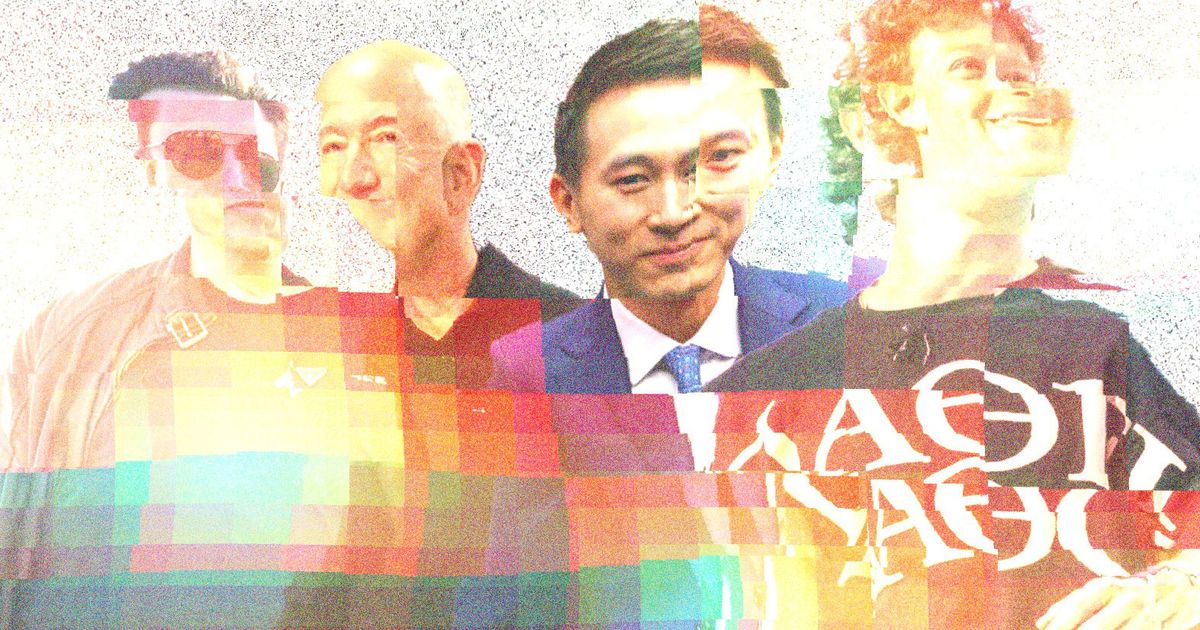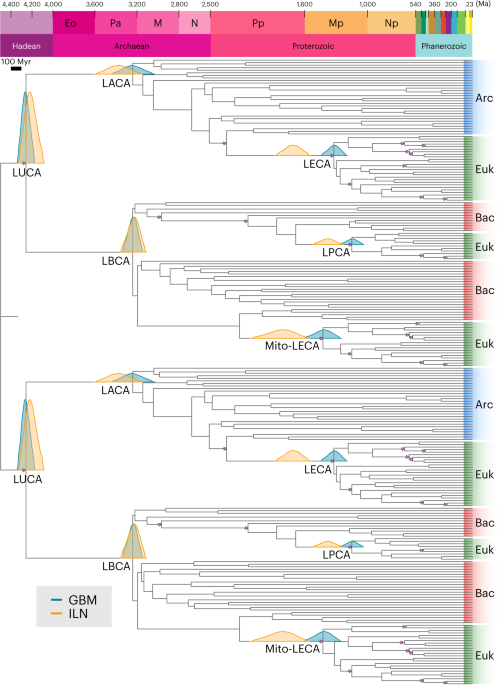
Here’s What Happened When India Banned TikTok in 2020
W hen Congress passed a bill in April 2024 ordering ByteDance to either sell TikTok or face a ban, many speculated that ByteDance would opt to sell, because the American market was too valuable to relinquish freely. But TikTok actually faced an even bigger exodus of users in 2020, when India banned the app.
At the time, India was TikTok’s biggest foreign market outside of China, with 200 million users. (For comparison, the U.S. currently has over 170 million TikTok users.) Following military clashes along the disputed border between India and China, the Indian government banned TikTok along with over 50 other Chinese apps, citing national security concerns.
Despite the ban, TikTok did just fine in expanding around the world, while national and international tech companies rushed to fill the Indian void, in the process transforming their global approaches to social media. At the same time, digital rights activists tell TIME that the Indian government used the ban as precedent to crack down upon other digital platforms they deemed to be a threat. The way that users, tech giants, the government, and TikTok all adapted to the ban offer clues about what could unfold in the U.S. in the coming months.
Indian users flocked to TikTok as early as 2017. Video was already a dominant format in the country, buoyed by massive 4G and 5G infrastructure projects that allowed people with smartphones in remote villages to stream content. TikTok took that ecosystem even farther, allowing India’s millions of regional dialect speakers to share content and create digital communities. (At the same time, caste-based hate speech grew rapidly on the platform.)



/cloudfront-us-east-2.images.arcpublishing.com/reuters/2UBMMKTOFBNNFL4EGUWTJDSCTU.jpg)

















/cdn.vox-cdn.com/uploads/chorus_asset/file/25837404/IMG_6678.jpg)

